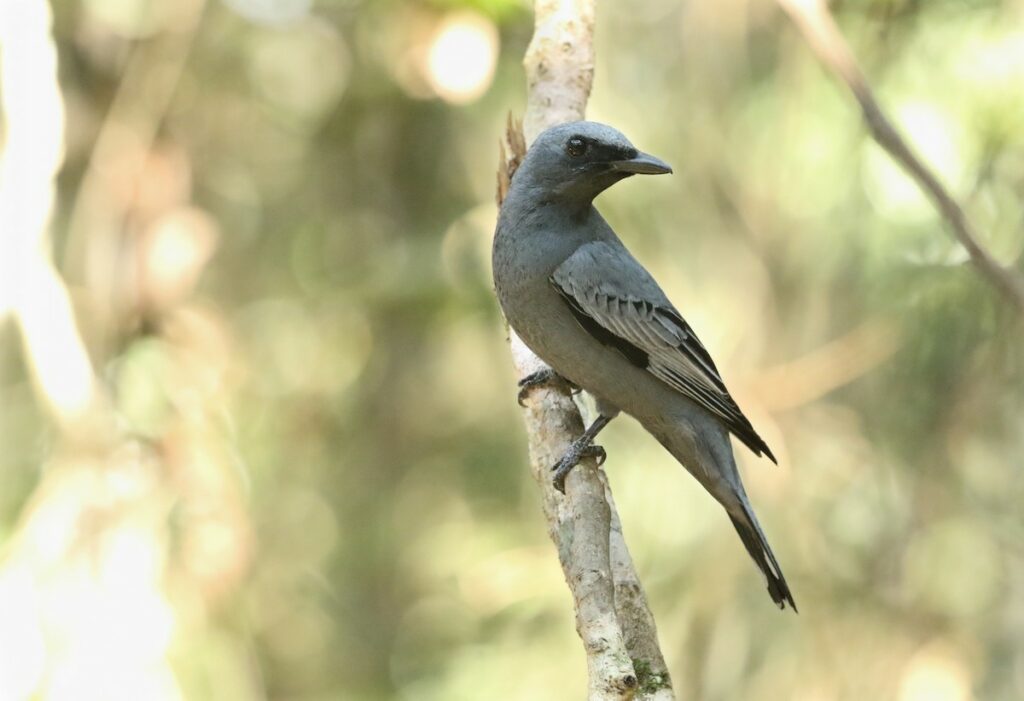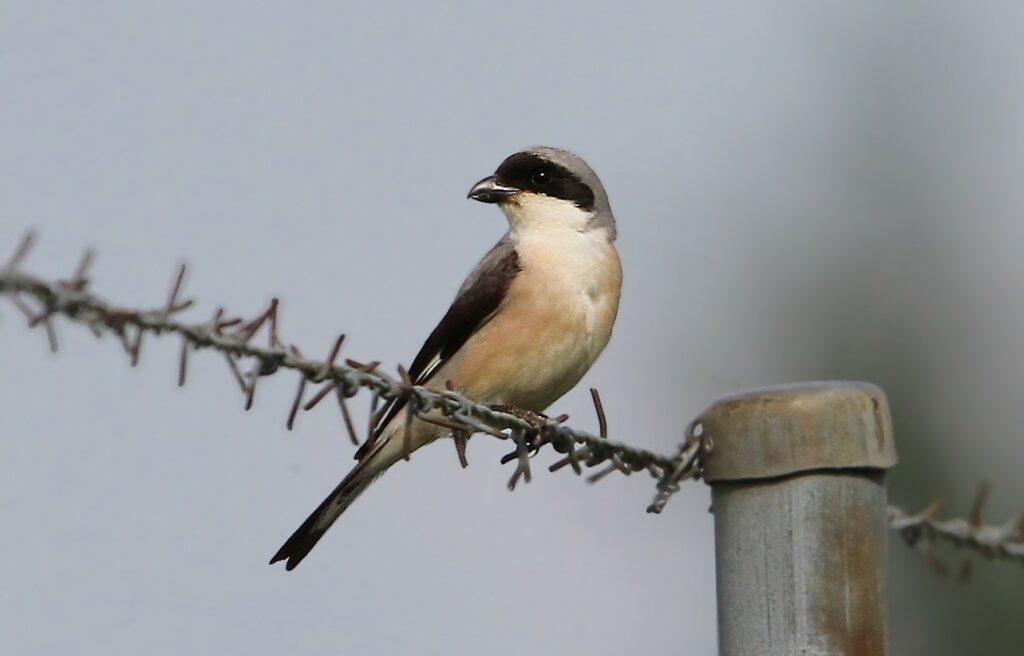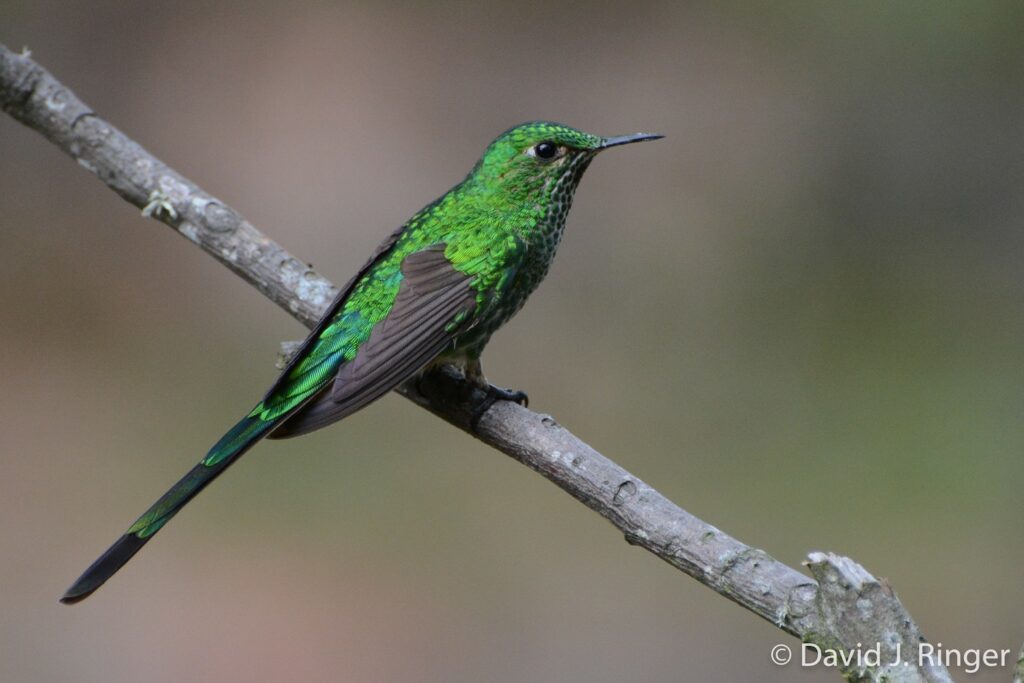
Taxonomy
- 2023 taxonomy update (also see BOW webinar on 2022 update)
- 2021 taxonomy update
- 2019 taxonomic update
Birds of the World (BOW) is a powerful resource for understanding the diversity of avian life. BOW uses a single taxonomy, the eBird/Clements Checklist (Clements), across all of its content. As is true of most other major global avian checklists, Clements follows the Biological Species Concept (BSC). The BSC usually works well, which is one reason why it is so widely accepted, but the application of the BSC to certain situations, such as populations that are allopatric (i.e., not in geographic contact), or to populations that hybridize when in contact, leaves more room for interpretation; this is where one sees the greatest differences between Clements and other taxonomies. Due to some of those difficulties of using the BSC, HBW Alive, for example, relied on a taxonomy developed by BirdLife International and The Handbook of Birds of the World.
BOW had its origins in three separate projects: The Handbook of the Birds of World Alive (HBW Alive), Birds of North America (BNA), and Neotropical Birds (NB). Each of these founding projects differed, to a greater or a lesser degree, in taxonomy. When we first began working on BOW, one of our first tasks was to figure out how to align the BirdLife/HBW taxonomy with the Clements taxonomy. Fortunately, we had some preparation for this challenge. The Clements Checklist was developed to support eBird, the world’s largest biodiversity-related citizen-science project, which compiles bird observations and associated rich media from around the world. Consequently, Clements has been grappling for years with the challenge of reconciling taxonomic disagreements. One approach adopted early on by eBird was to recognize a special category, the eBird subspecies group. A “group” is a distinctive (field identifiable) collection of subspecies (a polytypic group), or, in some cases, a single subspecies (in other words, a monotypic group – which we recognize is an oxymoron, but please bear with us). The group is not a formal taxonomic unit, but often represents a potential future split of a subspecies, or group of subspecies, that already have been split by other authorities.
In order to fully align the BirdLife/HBW taxonomy with that of Clements, then, we utilized the group concept. When there was disagreement in the two lists, we were able to directly match a BirdLife/HBW Checklist species with its Clements group counterpart. This alignment with our group concept ensures that no information on any of these differently recognized species is lost. Information in species accounts is still displayed for both taxonomic units under the group concept. Further, with the use of the group label, users can still track their observations and media using eBird, and search observations down the group level so no data will be lost in the alignment process.
This ability to match and align taxa also highlights another revolutionary process that BOW has been able to use. The BOW framework, and specifically the subspecies information in the Systematics section of each account, is directly linked to the Clements Checklist. Any changes made in BOW informs the Clements taxonomy, and vice versa. This ability to directly link these two products allows each to strengthen the other as we move forward.
The processes we’ve implemented in BOW with the Clements Checklist had a few complications, however. Since only the subspecies information is directly linked to a BOW account, not all portions of an account are necessarily updated at the same time with a taxonomic update. This can lead to some accounts that show differences in how many or which subspecies are discussed in the main text, or differences in the names used to talk about subspecies. In addition to some disagreements between the text and subspecies list, how we display information for certain taxa can be variable. For many taxa that were recognized as two or more species on the BirdLife/HBW Checklist, but which are still recognized as a single species in Clements and BOW, we have opted to show all of the content from each separate HBW Alive account in a single BOW account, but divided into the separate groups.

Edolisoma tenuirostre by David Ongley (ML186945411)
One extreme example of this treatment is in the BOW account for Common Cicadabird, which BOW recognizes as a single species, but which was partitioned among no fewer than 10 species by HBW Alive. We provide a brief overview of the species in the “Introduction,” but articles within the account are “stacked” by the relevant eBird group. This accomplishes the short-term goal of reconciling the 10 species recognized by HBW Alive within the single BOW species, but the resulting account still is composed of many separate “chunks,” rather than consisting of a single, fully integrated account. These instances of a mismatch between the taxonomies are also flagged with a short caveat added to the species home page, which is our recognition that the task of taxonomic alignment is not yet complete.

Lanius minor by Christoph Moning (ML26514221)
While use of the group concept has allowed us to align the BirdLife/HBW and Clements checklists at the species level (albeit with some messiness), there are still many discrepancies at the individual subspecies level. As you search BOW, you may notice instances where the original Systematics text does not match the subspecies recognized in the BOW “Subspecies” list from Clements. This can take the form of differences in names used for one or more subspecies (e.g., Green-tailed Trainbearer), the number of subspecies recognized (e.g., African Pipit), or even whether any subspecies are recognized at all (e.g., Lesser Gray Shrike). The process of aligning all of these inconsistencies at the subspecies level is part of a much larger task and a long-term project that we will be working to resolve with future taxonomic updates.

Lesbia nuna by David Ringer (ML 62476191)
Avian taxonomy is a complicated business, and we recognize that the presentation of some of these accounts may be a little rough around the edges at times. Most of this gets smoothed over as the ornithological community – the BOW editors and collaborators who join us in maintaining the BOW content – continue to update and polish species accounts. In other cases, even our use of the eBird groups does not fully solve the problem. Longer term, the solution lies in increased coordination between the different avian checklist projects, an effort that already is underway.
Features
Content
Subscriptions and Access
Support and Terms


























